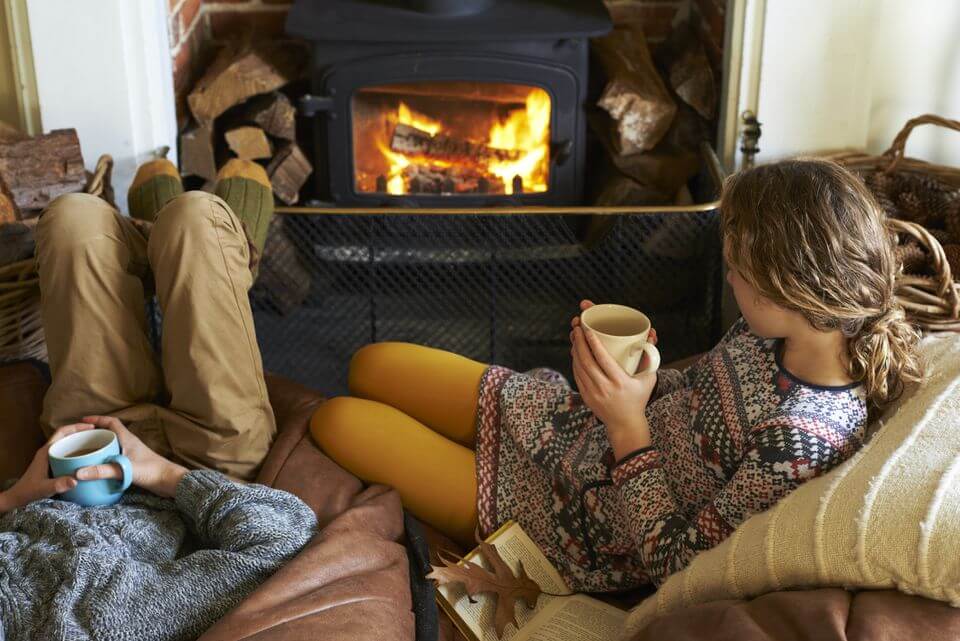Nothing is more satisfying than coming home to a warm and cozy home during the dreaded winter months.
As you sit by your window with a warm beverage in your favorite slippers, it’s quite soothing to enjoy watching the snowfall.
But if your home isn’t warm enough, you’re left with that awful shiver you can’t shake.
Being cozy is good for your health. But if you’re living in a cold house, it can be hard to achieve.
Do you want to know some unique tips and tips for keeping your home warm during the cold winter months?
Here are 5 warming-up tips!
1. Bring out the Aluminum Foil
Table of Contents
If you have radiators, we have the perfect advice on how to keep your house warm. Use aluminum foil!
When a radiator is attached to an external wall, some of the heat disappears through the wall. But if you put aluminum foil behind the radiator, the reflective nature of it will stop heat from disappearing.
Instead, it will reflect it right back into your room and your home.
2. Open and Close Your Curtains
The sun provides FREE heat! During the day, take full advantage and open up all your curtains or blinds.
Let that sun radiate through your home, and it’ll make a difference even after the sun goes down.
At night, close the curtains, so that warm air doesn’t escape back out through your windows and frames.
3. Bring a Hot Water Bottle to Bed
Sometimes it feels as though no matter how many pairs of your Grammie’s socks you put on at night during those ice-cold winter months, you just can’t get your feet warm.
To give your feet some added warmth and coziness, fill a hot water bottle with hot water right before bed, and put it underneath the sheets by your feet.
It’ll help keep your feet warm, which will warm the rest of your body too!
4. Change Your Filters Often
Believe it or not, an old or dusty filter can significantly impact the efficiency of your heater.
You’ll end up cranking up the heat, only to spend and waste more when all you had to do was change a filter or 2 (depending on your home’s system).
If you’re still having issues, you might need water heater repair. Try to get your HVAC system checked BEFORE it gets cold so you can rest assured you’re going into winter with a healthy heater.
5. Get Some Hygge in Your Life
Pronounced “hoo-guh,” hygge is a Danish concept or state of living that refers to the simple art of being cozy for the sake of well-being.
Take pleasure in the simple things like a cozy pair of cashmere socks, a cup of hot chocolate, or reading a good book by the fire.
Wear your favorite pair of haggard sweats with long-johns underneath and keep bundling until you reach the ultimate feeling of cozy contentment.
Don’t Let a Cold House Bring You Down
Maybe you want to save on heat this year. Or perhaps you don’t have time to eliminate every draft in your old home.
That’s ok! You don’t have to be miserable just because you live in a cold house. Be proactive about your warmth.
Keep your curtains open during the winter, take a hot water bottle to bed with you, and get cozy as soon as you walk in the door!
Do you want to learn other ways to prepare for winter? Check out our other winter articles, like how to organize your garage for the long, cold months!

